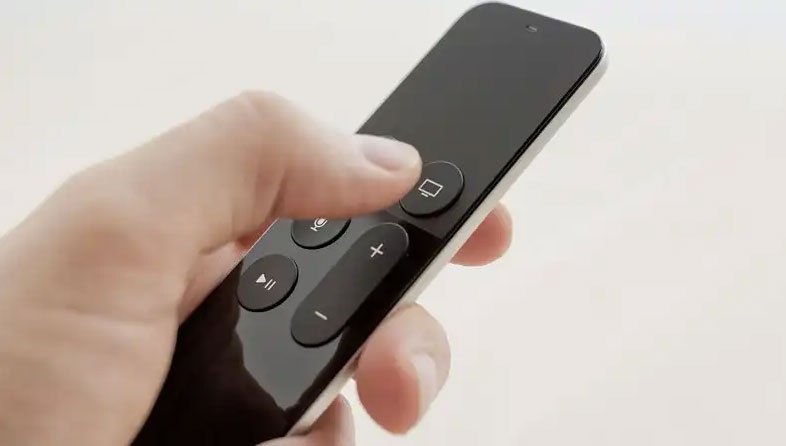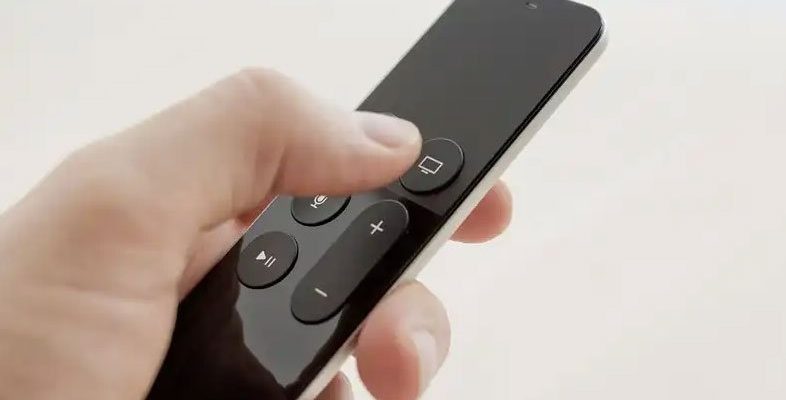
Apple TV remotes, whether you’re working with the classic aluminum design, that black touch-sensitive Siri Remote, or even an older universal remote, all have one job: control your Apple TV smoothly. But sometimes, they seem to have a mind of their own. Maybe the remote stopped responding after a software update, or maybe the battery decided to retire without warning. Whatever the reason, figuring out why your Apple TV streaming device remote isn’t working can feel a bit like troubleshooting a spaceship with no manual. But hey, no worries—I’ll walk you through exactly what to check, how to fix it, and what to try before you start searching your couch cushions for a mysterious backup remote.
Dead Batteries: The Silent Culprit
Honestly, the number one reason your Apple TV remote suddenly turns into a paperweight is also the most boring: dead batteries. Even though these little gadgets seem magical, they definitely need power to work their magic. If you’re using the older silver Apple Remote, it uses a traditional coin cell battery that needs swapping every so often. The newer Siri Remotes (the sleek black ones with the touchpad) are rechargeable, but they still need a bit of juice now and then.
You might be wondering, “How do I even know if it’s the battery?” Well, if your remote doesn’t light up when you press a button or your Apple TV doesn’t respond at all, it’s a solid hint. Sometimes, you’ll get a warning on-screen about a low battery, but let’s be real: we don’t always notice those—or we ignore them until it’s too late. Grab a Lightning cable and plug your Siri Remote in for at least 30 minutes. For the older remote, pop in a fresh CR2032 battery. If you hear an audible sigh from the remote and it springs back to life, congrats—you just dodged a much bigger troubleshooting headache.
Pairing Problems: When Devices Stop Talking
Here’s the thing: remotes and Apple TVs are like dance partners—they need to be in sync. Sometimes, for reasons only the tech gods understand, that connection just drops. Maybe you accidentally unpaired the remote, maybe an update threw things off, or maybe there’s just too much interference around.
If your remote won’t control the Apple TV at all, but the Apple logo and menus still show up on your screen, it might be time to re-pair. For most Apple TV remotes, you’ll want to get close to your device (think “almost nose to nose” close). Press and hold the Menu and Volume Up (+) buttons together for about five seconds. You should see an on-screen prompt confirming the pairing process. If you’re using a third-party universal remote, consult its manual—sometimes you’ll need a specific code to sync it up. And don’t worry if it takes a couple tries. Even the best dance partners step on toes sometimes.
Remote Code or Firmware Confusion
Let me explain a little secret about Apple TV: it runs on software, and sometimes that software gets confused. If you recently updated your Apple TV or reset the device, the remote might not work because of a code mismatch or firmware quirk. This doesn’t mean your hardware is broken—it just needs a gentle nudge.
One easy trick is to reboot your Apple TV by unplugging it from power for about ten seconds and plugging it back in. This gives everything a fresh start. If you’re comfortable, check for pending software updates by navigating to Settings > System > Software Updates on your Apple TV (assuming you can use another remote or the Apple TV app on your phone). Sometimes, updating both the Apple TV and the remote resolves weird glitchy behavior. If you’re using a remote from another brand, make sure it’s compatible—some universal remotes need to be programmed with the right remote codes to play nicely with Apple TV.
Signal Interference: Hidden Obstacles
Have you ever noticed your remote works fine…except when you’re sitting at a certain angle or there’s a giant stack of stuff in front of your TV? Physical obstacles, other devices, or even thick curtains can mess with your remote’s signal. The older Apple Remotes use infrared (IR), which absolutely needs a clear line of sight. That stack of magazines or your adorable cat lounging in front of the TV? Yeah, they’re probably blocking the signal.
The newer Siri Remote and Apple TV 4K remotes use Bluetooth, which is much better at working through obstacles, but it’s not invincible—especially if your living room is packed with Wi-Fi gadgets and Bluetooth speakers. Try moving a bit closer, clearing the space between your remote and Apple TV, or even turning off some other wireless devices temporarily. If you use a universal remote, check if it’s using IR or Bluetooth—the solution might just need a little rearranging of your setup.
Physical Damage: When Accidents Happen
We all drop stuff. I’ve seen remotes fly off coffee tables in slow motion (well, it felt like slow motion) and bounce under couches, hit hardwood floors, or—true story—land in a bowl of popcorn. If your Apple TV remote took a hit, it might have sustained some internal damage that’s not visible from the outside.
Check for obvious things first: stuck buttons, cracked casing, or a touchpad that doesn’t “swipe” smoothly anymore. Sometimes, a gentle cleaning with a microfiber cloth can help if it’s just sticky from snack residue. But if the buttons are mushy, unresponsive, or the remote rattles when you shake it, it could be time for a replacement. Apple offers replacement remotes, and there are third-party options as well. It’s honestly not worth stressing if you’ve done everything else—sometimes a drop is just one fall too many for the little gadget.
Restarting, Resetting, and Using the Apple TV Remote App
If you’re really stuck and nothing else works, don’t panic just yet. You’ve still got some options before having to buy a new Apple TV streaming device remote. A classic reset can sometimes breathe life back into even the most stubborn remotes and Apple TV units. Unplug your Apple TV from power, wait ten seconds, and plug it back in. Sometimes, this will let your remote reconnect and work normally again.
If a reset doesn’t help, try using the Apple TV Remote app on your iPhone or iPad. Head to the Control Center and add the Apple TV Remote—it lets you control everything from your phone, including entering codes and navigating menus. This is especially handy if you lost your physical remote or it’s just totally unresponsive. Plus, it makes typing out search queries about ten times easier!
Universal Remote Alternatives: Plan B (and C)
Let’s say you’ve tried all the usual troubleshooting tips and your Apple TV remote still refuses to cooperate. Before you give up on movies forever, consider some alternatives. Universal remotes can be programmed to control your Apple TV—just make sure the one you choose supports Apple devices and has the right programming code. There are lots of options out there, from classic remotes to smart home controllers.
Another neat trick? Use your TV’s remote if your television supports HDMI-CEC. It’s an underrated feature where your TV remote can also control basic Apple TV functions like navigation, volume, and playback. Honestly, sometimes the best solution is just repurposing what you already have lying around.
When to Call in the Pros
Alright, so you’ve charged or swapped batteries, re-paired, reset, and even tried the app. If your Apple TV streaming device remote still isn’t working, it’s time to admit defeat (temporarily—not forever!). Apple’s support team is surprisingly helpful with this kind of thing, and they can even run diagnostics or help you figure out if your device is still under warranty.
If your remote is physically damaged or truly unresponsive after every troubleshooting trick, ordering a replacement is probably your best bet. Just remember, the time you spend troubleshooting now is worth it—even if it ends with a new remote—because you’ll know exactly what went wrong if it ever happens again.
Sometimes, the simplest fix is the one we overlook the most. Whether it’s a dead battery, an out-of-sync remote, or good old signal interference, these little hurdles can all be jumped with a bit of patience and the right troubleshooting steps.
At the end of the day, streaming is supposed to be easy (and—dare I say—fun). Don’t let a stubborn Apple TV remote get in the way of your movie night. With a mix of patience, trial-and-error, and maybe a backup plan or two, you’ll be back to your favorite shows before you know it. And if you do end up treating yourself to a shiny new remote, you can rest easy knowing you did everything a remote troubleshooting pro would do. Happy streaming!
